The Significance of Peanut and Sesame Oil in Telugu Cuisine
Peanut and sesame oil play a vital role in the culinary landscape of Telugu cuisine, serving not only as cooking mediums but also as essential components that enhance the flavor profile of various dishes. The usage of these oils embodies a longstanding tradition, deeply interwoven with the cultural practices and regional specialties found within the Telugu community. In traditional Telugu households, peanut oil is frequently employed for frying, sautéing, and tempering, imparting a rich and nutty flavor that is characteristic of many beloved dishes. Conversely, sesame oil, or til oil, is often celebrated for its unique aroma and is commonly used in preparations like pickles, curries, and salad dressings.
Both peanut and sesame oils are revered for their health benefits, which further solidifies their prominence in Telugu cooking. Peanut oil is rich in monounsaturated fats, which contribute to heart health, while also providing essential vitamins and antioxidants. Sesame oil, on the other hand, is known for its anti-inflammatory properties and high levels of sesamolins, which are beneficial for reducing blood pressure and improving cholesterol levels. This nutritional profile resonates with the Telugu community’s preference for natural ingredients that promote well-being and enhance culinary experiences.
Moreover, these oils are integral to preparations of iconic Telugu dishes such as Gongura Pachadi and Avakaya, where their distinct flavors amplify the ingredients used. They play a crucial part in the seasoning of dals and curries, ensuring that meals are not only delicious but also wholesome. In summary, peanut and sesame oil are more than mere cooking agents; they represent a cultural heritage rich in flavors and health benefits, firmly establishing their place in the heart of Telugu cuisine.
Strategies for Global Distribution of Peanut and Sesame Oil
The global distribution of peanut and sesame oil requires a well-structured strategy that encompasses thorough market analysis, identification of target markets, and an understanding of consumer preferences. Conducting a comprehensive market analysis is the first step in this process, which includes evaluating regional demand, competitive landscapes, and the cultural significance of these oils in various cuisines. Different regions may exhibit unique culinary traditions, and therefore, it’s crucial to align product offerings with local tastes and preferences.
Once potential markets have been identified, selecting appropriate distribution channels becomes vital. Effective channels may include both traditional retail and e-commerce platforms to maximize reach. Collaborating with local distributors who have firsthand knowledge of the market can facilitate smoother entry. Additionally, leveraging partnerships with food service providers and specialty grocery stores can help in reaching targeted consumer segments effectively.
Quality assurance is another cornerstone of successful global distribution. Consumers are increasingly aware of product quality, so ensuring that peanut and sesame oil meets international food safety standards is essential. Packaging plays a significant role as well—using eco-friendly materials and designs that reflect the cultural essence of the oils could attract more customers. Furthermore, impactful branding and effective marketing techniques that resonate with international audiences can help position these oils as premium products.
Challenges such as regulatory hurdles, market entry barriers, and competition must also be addressed strategically. Conducting pilot projects or case studies to analyze market response before a full-scale launch can be a viable approach. Examples from brands successfully distributing peanut and sesame oil globally highlight the importance of adapting strategies to meet local demands and trends. Understanding these dynamics can significantly enhance the chances of success in international markets.

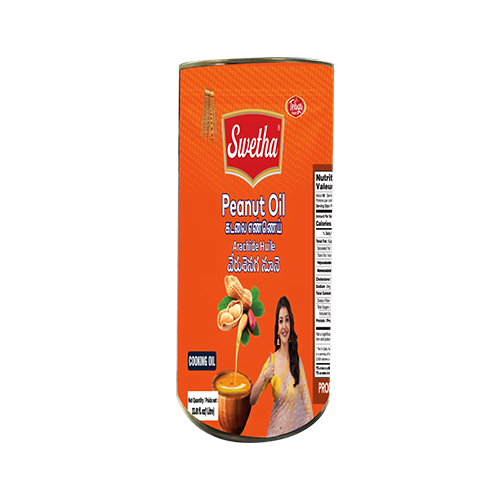


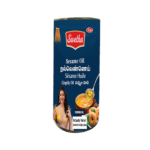
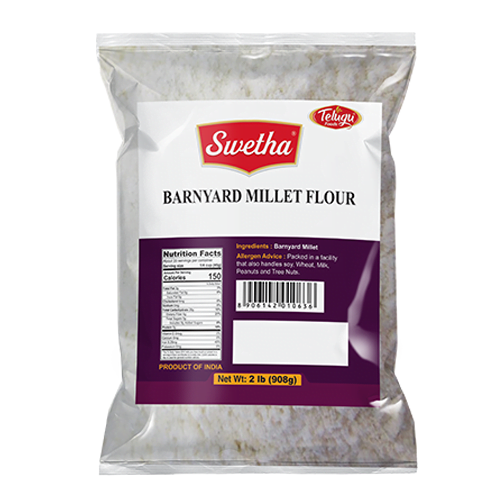
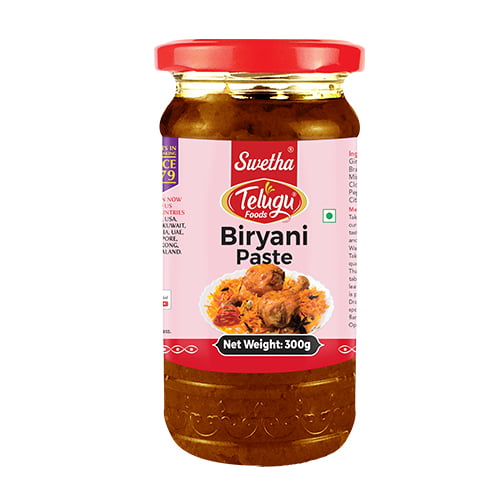


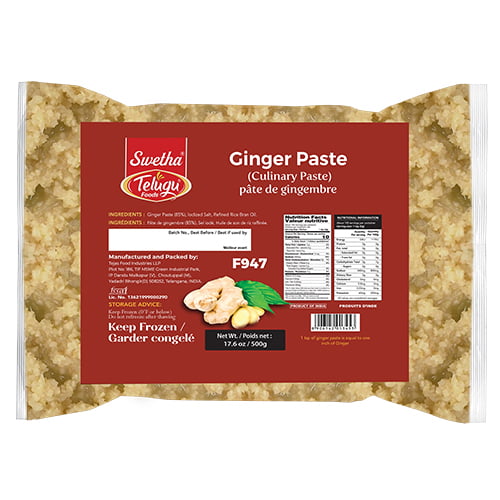
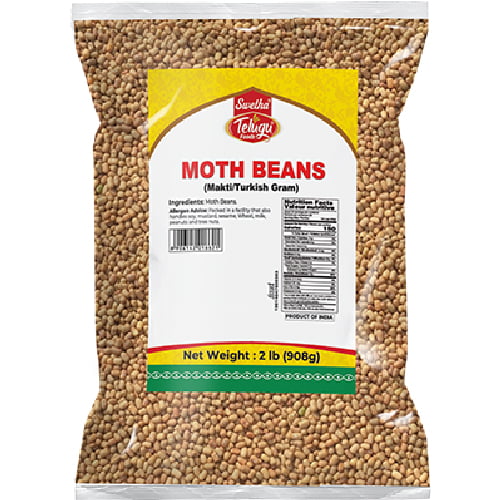



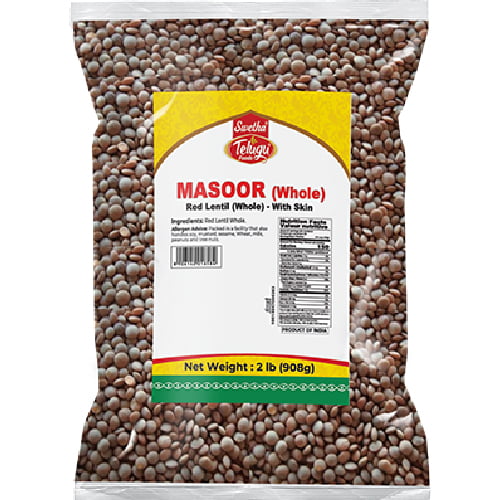

Reviews
Clear filtersThere are no reviews yet.